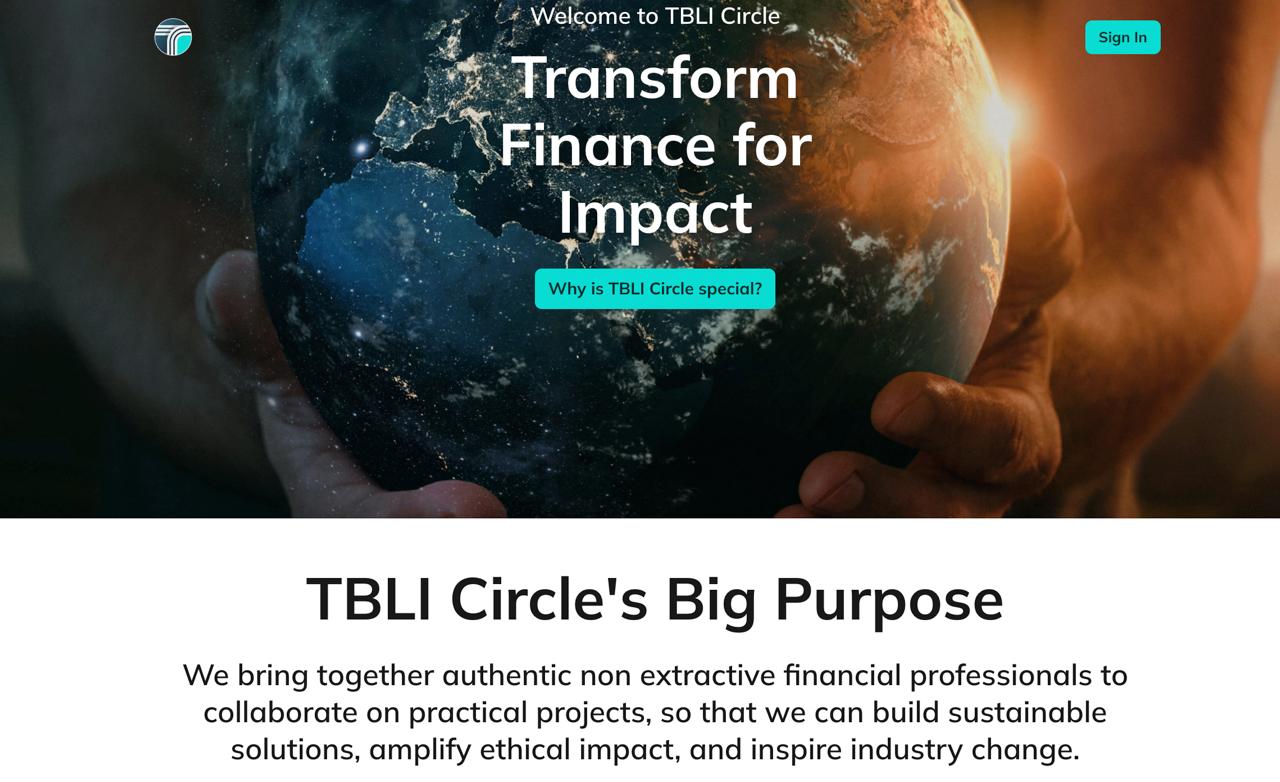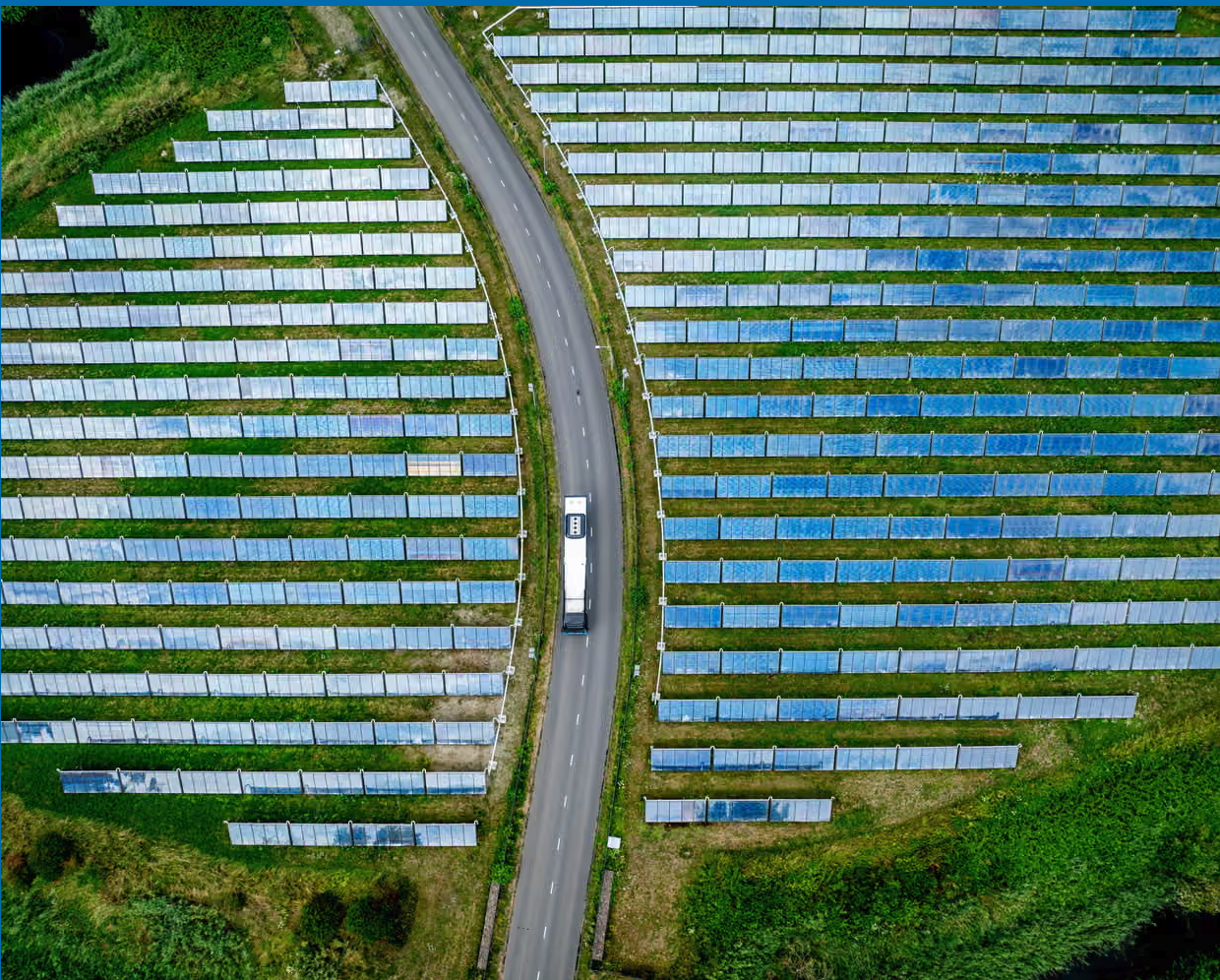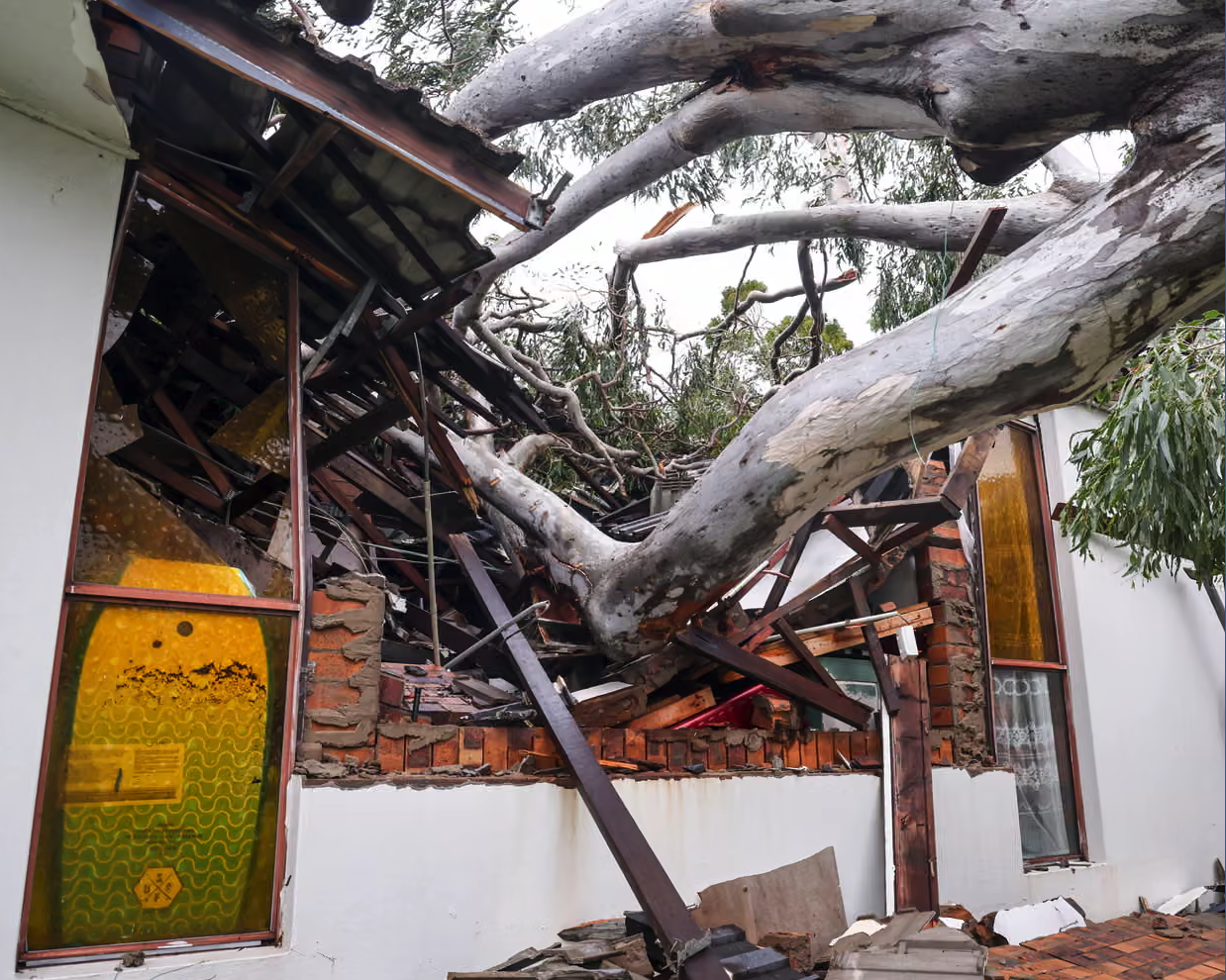 |
|
Author: Robert Rubinstein |
Your weekly guide to Sustainable Investment |
|
|
 The Great Distraction Economy: We're Trading Our Lives for Likes and $7 CoffeeRobert Rubinstein
|
Global renewable energy generation surpasses coal for first timeRecord solar expansion and steady wind growth driving world’s shift away from fossil fuels in 2025, report finds
The world’s wind and solar farms have generated more electricity than coal plants for the first time this year, marking a turning point for the global power system, according to research. A report by the climate thinktank Ember found that in the first six months of 2025, renewable energy outpaced the world’s growing appetite for electricity, leading to a small decline in coal and gas use. The world generated almost a third more solar power in the first half of the year compared with the same period in 2024, meeting 83% of the global increase in electricity demand. Wind power grew by just over 7%, allowing renewables to displace fossil fuels for the first time. http://www.theguardian.com/environment/2025/oct/07/global-renewable-energy-generation-surpasses-coal-first-timeThe milestone represents “a crucial turning point”, according to Małgorzata Wiatros-Motyka, a senior electricity analyst at Ember and the author of the report. She said: “Solar and wind are now growing fast enough to meet the world’s growing appetite for electricity. This marks the beginning of a shift where clean power is keeping pace with demand growth.” China and India were largely responsible for the surge in renewables, according to the Ember report, in contrast with the US and Europe, which relied more heavily on fossil fuels. A separate report by the International Energy Agency (IEA) found that global renewables could more than double by the end of the decade, with 80% of new clean energy capacity expected to come from solar power. Fatih Birol, the IEA’s executive director, said: “The growth in global renewable capacity in the coming years will be dominated by solar PV – but with wind, hydropower, bioenergy and geothermal all contributing, too.” The IEA said China would remain the world’s biggest growth market for renewables, with India emerging as the second largest over the rest of the decade. “In addition to growth in established markets, solar is set to surge in economies such as Saudi Arabia, Pakistan and several south-east Asian countries,” Birol added. China added more renewable energy generation than the rest of the world combined, leading to a 2% drop in its use of fossil fuels in the first half of the year compared with the same months in 2024, Ember found. Over the same period India grew its renewable energy by more than three times its electricity demand – which was significantly weaker this year – causing its coal and gas use to fall by 3.1% and 34% respectively. By contrast, demand for electricity in the US outpaced its growing renewables sector, leading to a 17% increase in coal generation in the first half of the year. In the EU, demand showed only modest growth compared with the first half of last year, but a weather-related slump in wind and hydro power meant even fast-rising solar power could not prevent gas and coal generation increasing by 14% and 1.1% respectively. |
Germany Launches $7B Industrial Decarbonization Program Integrating CCS$7 billion funding package extends Germany’s climate protection contracts to include carbon capture and storage (CCS) for the first time. Berlin expands industrial climate support with CCS inclusionGermany has announced a €6 billion ($7 billion) funding program to help heavy industry cut emissions through new climate protection contracts that now incorporate carbon capture and storage (CCS) technology. The initiative, unveiled Monday by Economy Minister Katherina Reiche, represents a significant expansion of Germany’s industrial decarbonisation drive as the government looks to balance climate targets with economic competitiveness. The program is designed to support high-emitting sectors — including steel, chemicals, cement, and glass — where low-carbon transition technologies remain cost-prohibitive without state intervention. Companies have until December 1 to submit project proposals for next year’s bidding process. The first competitive auction round is expected to open in mid-2026, pending parliamentary budget approval and clearance under EU state aid rules. Long-term contracts to stabilise industrial transitionThe government plans to offer 15-year contracts to selected firms, providing financial coverage for the additional costs of adopting cleaner production technologies. The contracts are structured to mitigate exposure to energy price volatility and carbon market fluctuations, helping firms plan long-term investments with greater certainty. Winning bids will be determined through a reverse auction mechanism, prioritising projects that deliver the largest carbon reductions at the lowest public cost per tonne of CO₂ avoided. In return, companies will commit to binding emissions reduction milestones throughout the contract term, ensuring accountability and measurable climate impact. The new phase builds on last year’s industrial decarbonisation program but extends eligibility to CCS — a move that could prove pivotal for sectors where direct electrification or hydrogen substitution remain technologically limited. CCS involves capturing CO₂ emissions from industrial processes and storing them in deep geological formations, a technology still under debate in parts of Europe but increasingly seen as necessary for achieving net zero in hard-to-abate sectors. Policy alignment and EU scrutinyThe rollout of the expanded program hinges on approval from both the Bundestag and the European Commission’s state aid authority. Brussels is currently reviewing several national schemes that subsidise industrial decarbonisation, testing the balance between competitiveness, innovation, and compliance with EU single-market rules. The German government’s integration of CCS comes as the EU prepares to publish new guidance on CO₂ transport and storage infrastructure, part of its broader Industrial Carbon Management Strategy. This alignment is key for scaling cross-border CO₂ networks and creating a unified market for carbon management services. RELATED ARTICLE: Germany to allow carbon capture, underwater storage
 Implications for investors and industryThe program’s design — combining long-term policy certainty with performance-based incentives — may attract private capital into industrial transformation projects. Analysts say the contracts effectively de-risk early-stage deployment of technologies such as hydrogen-based steelmaking, low-carbon cement production, and CCS retrofits. However, the inclusion of CCS is expected to reignite public debate around its safety and necessity. Environmental groups have warned against overreliance on capture technologies, arguing that they could divert attention from direct emissions reduction pathways. For investors and corporate strategists, the development positions Germany among Europe’s most proactive industrial economies in aligning competitiveness with net-zero transition goals. With a €6 billion fund targeting some of the continent’s largest emitters, Berlin is setting a precedent for how national governments might pair fiscal intervention with decarbonisation accountability. If successful, the framework could inform similar approaches across the EU as member states seek to operationalise climate-neutral industrial policy under the European Green Deal. OutlookBy embedding CCS into its industrial climate contracts, Germany is signalling that decarbonisation in heavy industry will require both innovation and pragmatic flexibility. The outcome of the EU’s forthcoming state aid review will determine whether the first contracts can be issued in 2026 — a key test of Europe’s ability to reconcile environmental ambition with industrial policy. For Europe’s manufacturing core, the German model may soon serve as a blueprint for managing the economic realities of deep decarbonisation while keeping industry anchored at home. |
At $4.5bn each year, extreme weather is costing Australia three times as much compared with 1990s, insurers say‘The trajectory is only up, in terms of insured costs,’ professor of climate risk warns
The costs of extreme weather events such as floods, bushfires and storms have nearly tripled in Australia since the 1990s, insurers have warned, with poorer communities disproportionately burdened. The climate crisis, ageing infrastructure and growing populations in increasingly affected regions have left the country more vulnerable, according to a report released on Tuesday by the Insurance Council of Australia. In the 2020s, extreme weather has been responsible for $4.5bn in claims annually on average, the ICA report said. The three events declared as insurance catastrophes in 2025 alone generated nearly $2bn in claims, most of which related to housing. Ex-Tropical Cyclone Alfred cost households and businesses over $1.4bn in claims, while flooding in north Queensland in January and in NSW’s mid-north coast and Hunter region in May made up the remaining $540m. Smaller events not declared catastrophes generated millions more in insurance claims. “While Australia has always faced extreme weather, the accelerating losses per person and their compounding impact on communities is costly and ongoing,” the council’s chief executive, Andrew Hall, said. “Each decade is costlier than the last.” The report found economic losses from extreme weather events almost tripled over the last three decades even after stripping out inflation, citing analysis from multinational insurance firm Munich Re. Australia faced higher economic costs from extreme weather on average per person than France, Germany and Canada, the analysis found. It had historically faced higher costs than New Zealand until the 2020s, after recession-inducing and enduring cyclone damage in that country in 2023. Insurance claims and costs were likely to keep rising as global heating accelerates, according to Seth Westra, a professor of climate risk at the University of Adelaide “You’ve got fire damage, flood damage, coastal inundation, tropical cyclones: each of these are expected to have more severe impacts because of climate change,” Westra said. “There’s absolutely no sign of that stopping … The trajectory is only up, in terms of insured costs.” Australia faced billions more in uninsured losses, with just under half of Australia’s annual losses from extreme weather not covered by insurance, according to the report. Only one-third of extreme weather losses on average were uninsured in the US, New Zealand and Canada in the 2020s. Homes in flood and fire-prone areas have been subject to huge insurance cost increases as climate-driven disasters grow more frequent and intense. The ICA estimates 186,000 of the 242,000 Australian homes most likely to face floods do not have flood cover, for example. The vast majority of those – 70% – are in regions with average incomes below the national median. “There’s a clear correlation between high flood risk and socioeconomic disadvantage, with our country’s most vulnerable the least likely to have an insurance safety-net when disaster strikes,” the report read. Rising numbers of homes are expected to become uninsurable as global heating continues, with the Albanese government’s climate risk assessment warning up to 185,000 properties in Queensland would face “very high risk” of natural disaster if global heating continued unabated. That report also warned annual costs across the economy from extreme weather could reach $40bn a year in 2050, even if global temperatures rose only 1.5C. Surging uninsured damage would force governments to determine who pays for recovery, Westra said. “[Governments] need to think about what happens if, all of a sudden, large parts of the [country] can’t afford insurance any more.” The insurance council called for governments to fund support measures and scrap insurance levies that inflate the costs of premiums – already boosted for those at higher flood risk. The NSW treasurer, Daniel Mookhey, described insurance levies as a “candidate for worst state tax” and recommitted to reforming the state’s emergency services levy after the Albanese government’s economic reform roundtable. “They are very inefficient taxes, and that’s why, for example, we are looking forward to [discussing] the future of the emergency services levy,” Mookhey told a parliamentary estimates hearing in August. |


.jpg)



